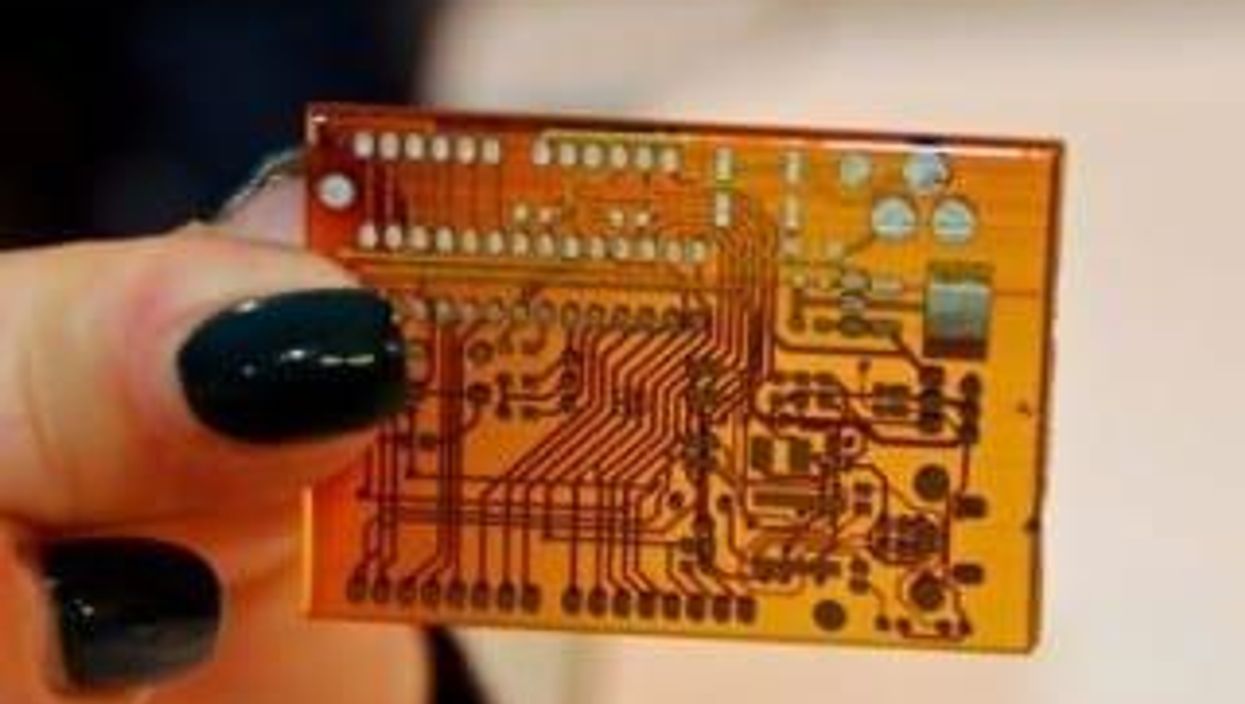Breakthrough in How Nanowires are Formed
Researchers at Lund University in Sweden think they can control how nanowires are formed.
Researchers at Lund University in Sweden have revealed that they think they can control how nanowires are formed. But what are nanowires and how could this discovery impact the technological landscape?
Put simply, nanowires are similar to normal electrical wires, but are much smaller. These semiconducting rods are made of materials like copper, silver and gold, and can also be made of carbon nanotubes. They are less than 100 nanometers in diameter, and can be as small as 3 nanometers. According to AZoNano, nanowires are typically 1,000 times longer than their diameter.
It is because of this difference in length and diameter that nanowires are referred to as one dimensional. This difference also gives nanowires unique properties that are not found in other bulk materials. Nanowires are important in several different areas of small electronics, transistors, memory devices and solar cells.
In terms of the new research from Lund University, Nanotechnology Now states that it has long been known how nanowires are formed. The revelation is that the researchers have shown what needs to be done to achieve particular nanowire structures — they did that by filming the growth of nanowires.
To achieve nanowire growth, the researchers used a flat substrate loaded with particles that encourage growth. From there, they introduced the materials they wanted to use to grow nanowires. Specifically, the team used gold to drive a reaction and added trimethylgallium and arsine gases in order to build a gallium-arsenide wire. The gallium reacted with the gold, forming gold-gallium droplets, which then combined with arsenic to create a thin layer of gallium-arsenide nanowire beneath the droplet.
“We now have on tape the events that take place, and what is required to be able to control the nanowire growth,” said Daniel Jacobsson, a research engineer at the Lund University Center for Chemistry and Chemical Engineering.
The researchers believe it is possible to tweak the reaction, there by allowing nanowires to grow in one of two different structures. “The nanowires grow through a self-assembly process which is spontaneous and hard to control. But if we can understand how the nanowires grow, we can control the structures that are formed in a more precise way, and thereby create new types of structures for new fields of application,” Jacobsson added.
What role do nanowires play in technology?
With this latest advancement, the team at Lund University thinks it will someday be able to create nanowires with specific electrical properties, which would be perfect for creating devices like transistors. For its part, Gizmodo envisions a future where a computer chip, for instance, would assemble itself. Essentially, removing the need for complex nanoscale engineering could be the eventual outcome of this latest development in the nanowire technology.
Securities Disclosure: I, Vivien Diniz, hold no direct investment interest in any company mentioned in this article.

